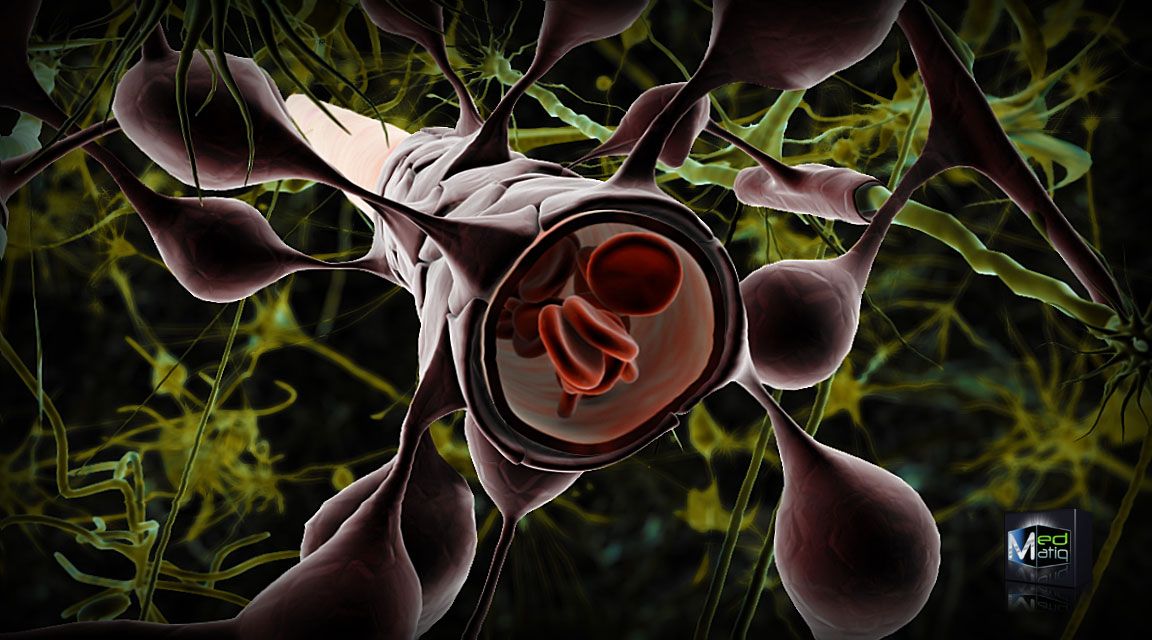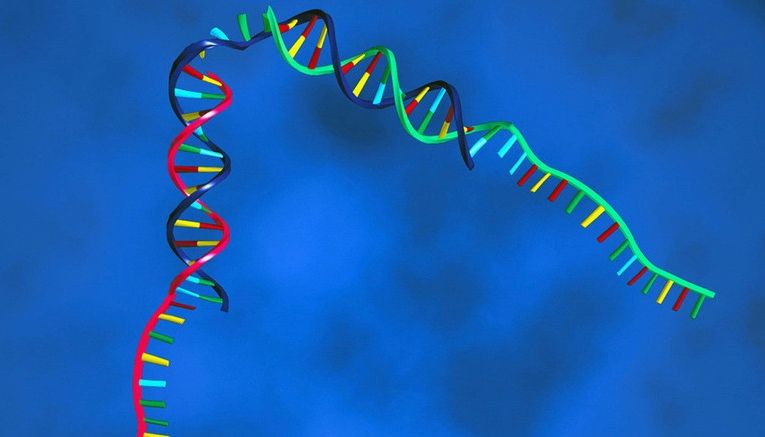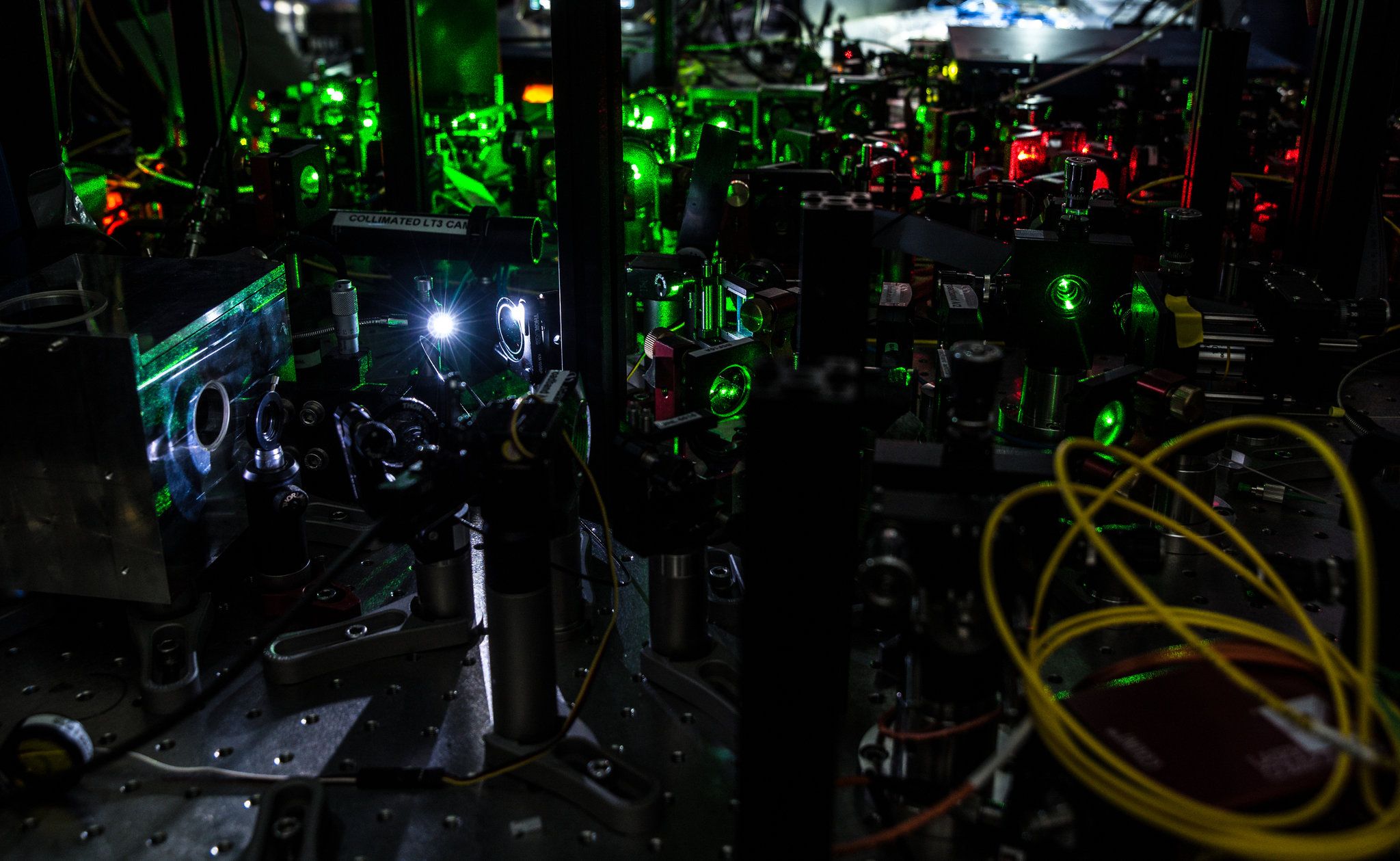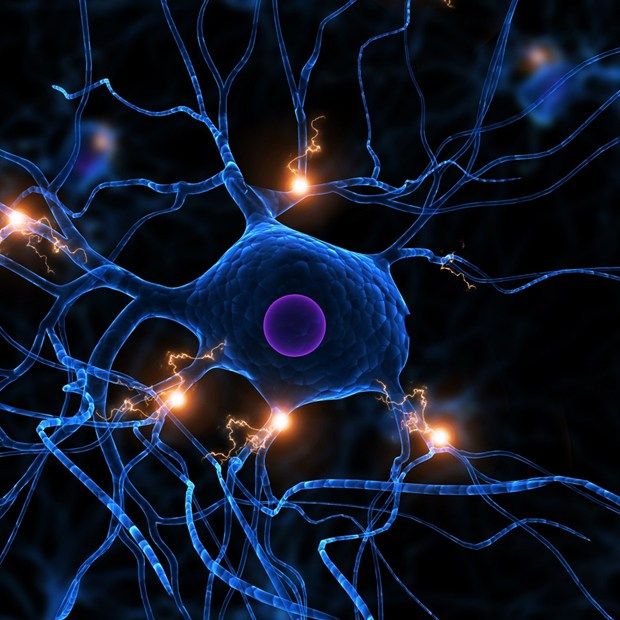Oct 22, 2015
Arctic Explorers Uncover (and Eat) 60-Year-Old Food Stash — By Danny Lewis | Smithsonian.com
Posted by Odette Bohr Dienel in categories: education, food, geography
“While exploring the coldest parts of the planet, even the smallest snacks can be a lifesaver. In case of emergencies (or sometimes to for a future treat), polar explorers will leave caches of food and supplies along their return route. … Recently, a teams of researchers camped out in Greenland’s arctic desert discovered one such cache—ration tins left behind by an expedition about 60 years ago.”















